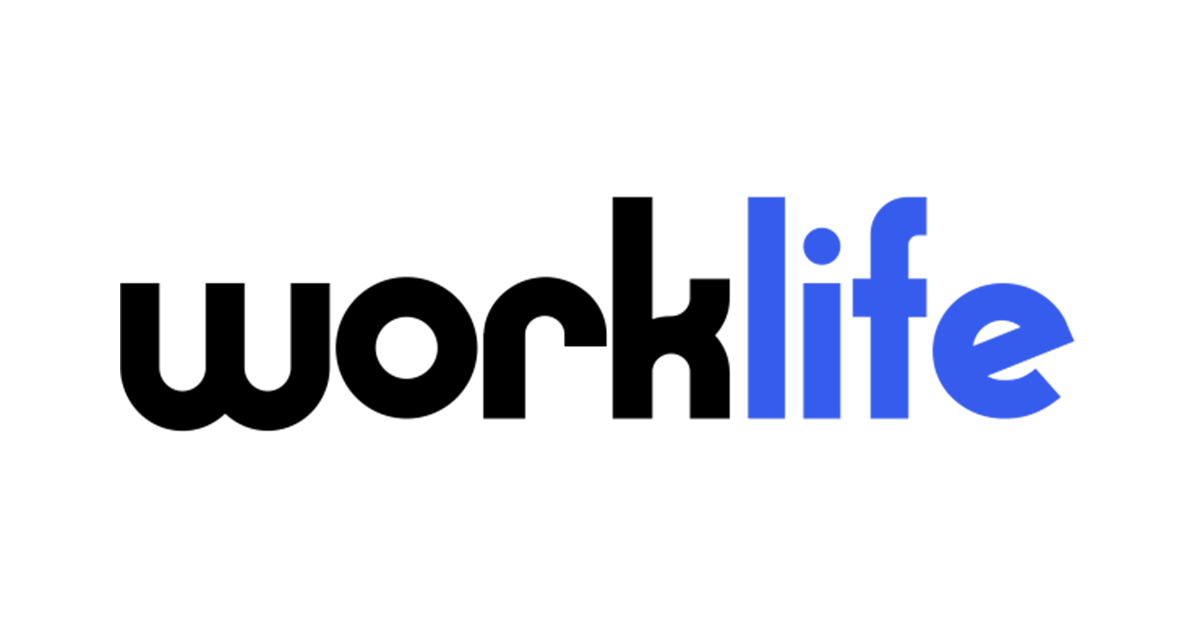“By the time something reaches an investigation, a lot of stuff has already happened in the organization that either the organization couldn’t see, or they chose to ignore.”
A new survey shows employee complaints are at record levels, and urges human resources chiefs to firm up policies for handling them.
The tension and division that define U.S. politics and society are also reflected in the workplace, giving rise to a record number of employee complaints. Despite the increasing volumes of official grievances filed by workers, a new study suggests many businesses still aren’t doing enough to protect employees or themselves from recurring on-the-job conflicts.
While the vast majority of U.S. companies have official or recommended methods of investigating employee complaints, those follow-ups often fail to address the underlying causes, which allows them to occur over and over. Worker case management company HR Acuity just issued its ninth annual employee relations benchmark study, and concluded its report by urging employers to take a much more proactive, systematic approach toward looking into staff mistreatment or misconduct claims. That advice is especially timely as the number of those cases rises to unprecedented levels.
According to the data analysis of 284 organizations and 8.7 million employees, claims of discrimination, harassment, and retaliation rose to 14.7 per 1,000 employees in 2024, its highest level ever. The report speculates that proliferating social and political clashes—and an increased readiness to pursue those in court—was a likely factor in increased official workplace complaints. But changes within U.S. places of work also played a role.
For starters, among individual complaint categories that experienced the largest hikes in 2024 was the 21 percent jolt in accommodation cases. Those usually involve employees with handicaps or other conditions seeking workplace adaptations that help them to do their jobs with greater ease and efficiency.
Meanwhile, complaints of inadequate company responses to mental health concerns rose by 15 percent last year, with disputes over job performance and unprofessional conduct or policy violations increasing 13 and 12 percent respectively.
In addition to the fractious national social atmosphere that’s likely influencing overall worker complaint volumes, Acuity HR said increases in the categories that experienced the sharpest jumps of cases likely also reflect more companies strengthening return to office mandates. Once back in the workplace, the study said, employees have been much more willing to defend what they saw as improved working conditions that they enjoyed under remote arrangements.
“Accommodations post-Covid have gotten more mainstream,” Acuity HR CEO Deb Muller told specialized news site HR Brew. “They’re willing to talk about or ask for accommodations related to invisible disabilities that they might be dealing with, where before, they weren’t. [As] companies are having employees come back to the office, accommodations become a big thing.”
In the preface to the report, Muller also warned that complaints are likely to continue rising as “workplace issues become increasingly complex and regulatory expectations shift rapidly.” As a result, businesses need to be ready to effectively handle them—and many still aren’t.
The study found only 57 percent of companies reviewed required complaints to be investigated using a systematic process, while 32 percent of businesses followed up with inconsistent methods that often varied case by case. That increases the risk of employees involved protesting about arbitrary or discriminatory treatment in the absence of a uniform policy to address complaints.
That wasn’t the only weak point uncovered. Fully 68 percent of businesses studied failed to analyze, track, and document the various kinds of alleged violations in each case. On average 1.4 different complaints went into each official dispute filing last year, the report said.
Only about half of all companies kept data on substantiated cases versus those they deemed unfounded. That information, the report said, is usually vital in identifying rates of recurrence, and monitoring sources of the underlying problems.
Nearly 80 percent of businesses said they either don’t use, or are only testing artificial intelligence technology to handle HR disputes. Muller called that another missed opportunity by employers to start getting ahead of the rising tide of employee complaints.
To do that in broader terms, the Acuity HR study urged businesses to adopt formal, structured policies and procedures for investigating employee complaints. As they do, employers should compile data on what motivated those disputes, who was involved, and how they were resolved.
That process can begin gradually using a limited range of key performance indicators, so managers don’t become swamped, the report said, then become more detailed and sophisticated over time. Eventually, artificial intelligence and other tech assets may be introduced to to shoulder some of the extra workload.
That’s all part of what Muller said should be a wider effort by HR executives to become more reactive to and analytical of changes in employee complaint patterns, volumes, and causes. The objective in that, she says, is to develop predictive insights to those problems, rather than simply chase them once they arise.
“By the time something reaches an investigation, a lot of stuff has already happened in the organization that either the organization couldn’t see, or they chose to ignore,” Muller told HR Brew.
Instead, Muller said, human relations executives need to keep watch of shifting employee complaint trends and continually adjust to the challenges they represent—similar to the ways that other divisions plan for changing business variables.
“Finance isn’t surprised when you miss the quarter,” Muller said. “They’ve been tracking the trends when it’s happening. Marketing isn’t surprised when something peaks or valleys. They’ve been tracking the trends, so that’s what we need to be doing as well.”



